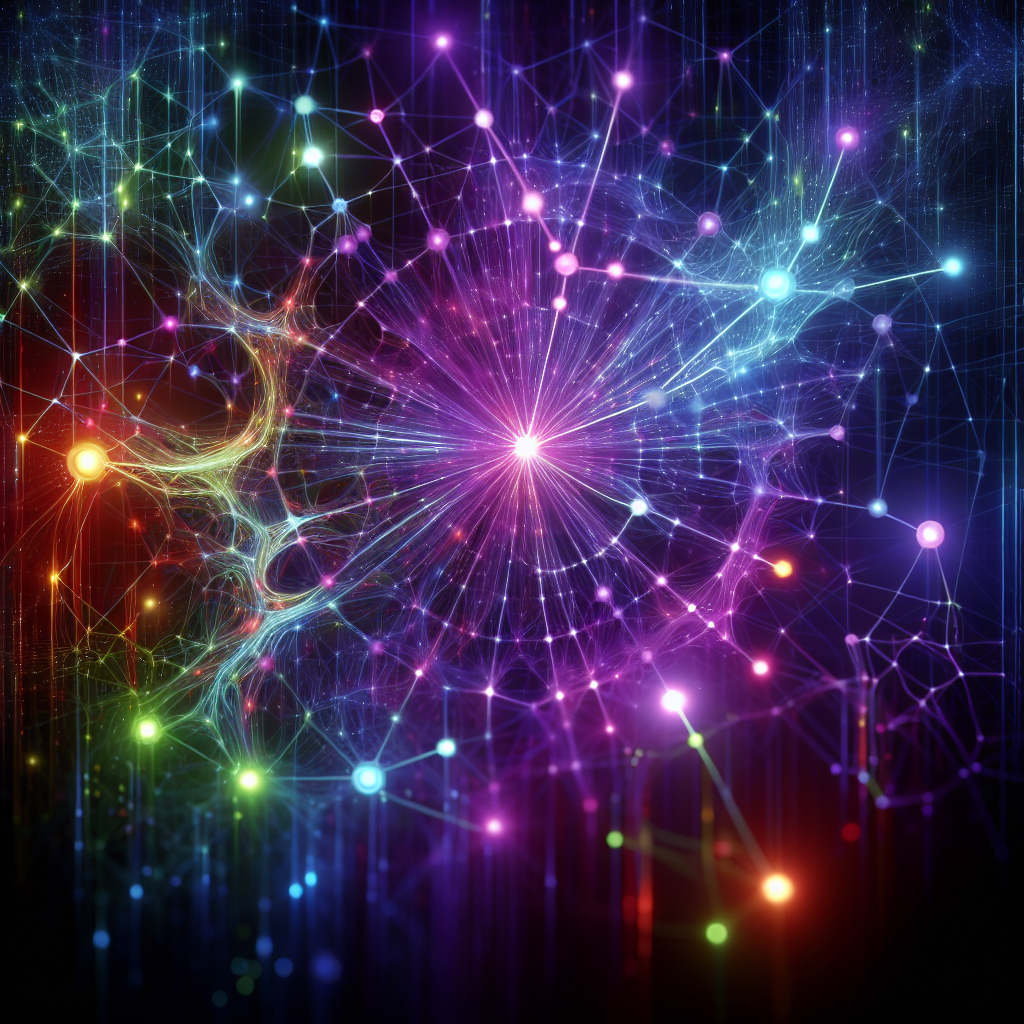Unveiling the Future of AI Interaction: Deep Dive into ChatGPT's Memory Feature
In the intricate tapestry of technological advancements, AI's evolution stands out as a dazzling spectacle of innovation. As we stride further into this terrain, ChatGPT's latest rollout— the Memory feature—presents a fascinating tableau of possibilities and challenges. This is not just a step forward; it's a quantum leap into how we interact with AI on a profoundly personalized level. Let's dissect this feature, its implications, and what this means for the future of human-AI interaction.
A Glimpse into the Memory Feature
The Memory feature by ChatGPT is akin to giving the AI a notepad, allowing it to jot down notes about our preferences, likes, dislikes, and other personalized tidbits. This is not merely about processing requests but about creating an AI that adapts and evolves based on continuous interaction. The feature allows users to request the AI to remember specific details, which it then uses to tailor its responses more acutely to the user's needs.
Imagine an AI that remembers your last conversation, your project deadlines, or even your coffee preference. That's where we're heading. This development is emblematic of a shift from a static to a dynamic user interface in AI technologies, where the machine isn't just a tool but a learning, adapting companion.
The Mechanics of Memory
How does this feature actually work underneath the sleek interface? When a user tells ChatGPT something to remember, the system stores this information in a sort of digital memory bank. This memory can then be invoked in future conversations to provide contextually relevant responses. Importantly, the user has full control over this memory, with options to update or delete information as they see fit.
One of the compelling examples from the source is the ability to update the AI on personal changes, such as getting new glasses, and seeing the AI adjust its "memory" accordingly. This fluidity in memory management illustrates a significant leap toward more human-like interaction, where the context is not just remembered but is also understood and acted upon in a meaningful way.
Privacy and Personalization: A Delicate Balancing Act
With great power comes great responsibility, and this holds especially true for the power of memory in AI. The introduction of a memory feature raises inevitable questions about privacy and data security. How is the data stored? Who has access to it? Can it be misused?
Ensuring robust data protection protocols is paramount as this technology scales. Users need transparent assurances that their data is handled securely and ethically. Moreover, the ability to toggle the depth of memory recall—essentially setting how much the AI remembers—can provide a customizable balance between personalization and privacy.
For further insights on data security in AI, visit Electronic Frontier Foundation (EFF).
The Impact on User Experience
Enhancing the AI's memory doesn't just improve functionality; it revolutionizes user experience. By remembering user details, the AI can anticipate needs and provide unsolicited but relevant assistance, mimicking a real-world assistant more closely than ever before.
Moreover, the memory feature can transform how professionals, like content creators and tech enthusiasts, interact with AI. For instance, a YouTuber could benefit enormously from an AI that remembers past video performance analytics or viewer preferences, thereby optimizing future content strategies without having to repeatedly provide the same context.
What Lies Ahead?
The road ahead for AI, equipped with memory capabilities, is both exciting and daunting. We are on the brink of having digital companions that understand us, perhaps even better than we understand ourselves. However, this journey also requires careful navigation to avoid potential pitfalls, especially concerning ethical implications and the potential for over-dependence on AI.
Looking forward, developers and users alike must tread thoughtfully, embracing the benefits of personalized AI while vigilantly safeguarding against its risks. If done right, the future of AI with memory isn't just bright; it's brilliant.
In conclusion, as we edge into this new era of intelligent interaction, the Memory feature by ChatGPT is not just a tool—it's a harbinger of the future of personalized technology. It's a testament to AI's potential not only to understand but also to remember and grow from user interactions, promising a future where AI and humans co-evolve.
As we continue to integrate AI more deeply into our daily lives, understanding and directing its trajectory becomes not just a matter of technological investment, but of shaping the future of human-machine relationships.
For more on developing AI technologies, check MIT Technology Review.
AI enthusiasts, buckle up—this is just the beginning.
Related News
- ChatGPT Memory Feature: A Game-Changer for Personalized Digital Interaction
- OpenAI's 2024 Blast: The Game-Changing "Memory" Feature in Chat GPT
- Unleashing the Power of ChatGPT's Memory Update: A Game-Changer for Personalized AI Interactions
- Embracing Memory: How OpenAI's Latest Feature Revolutionizes User Experience
- Revolutionizing ChatGPT: A Dive into Enhanced Memory Options and Writing Mastery
